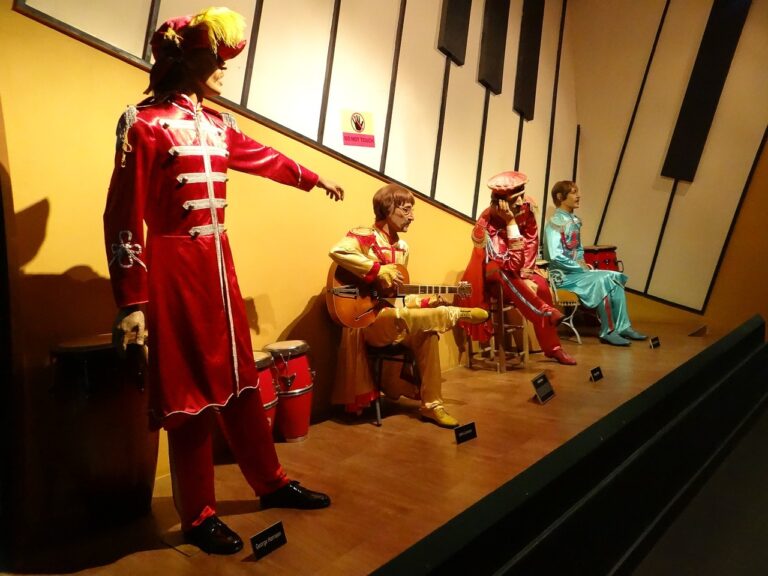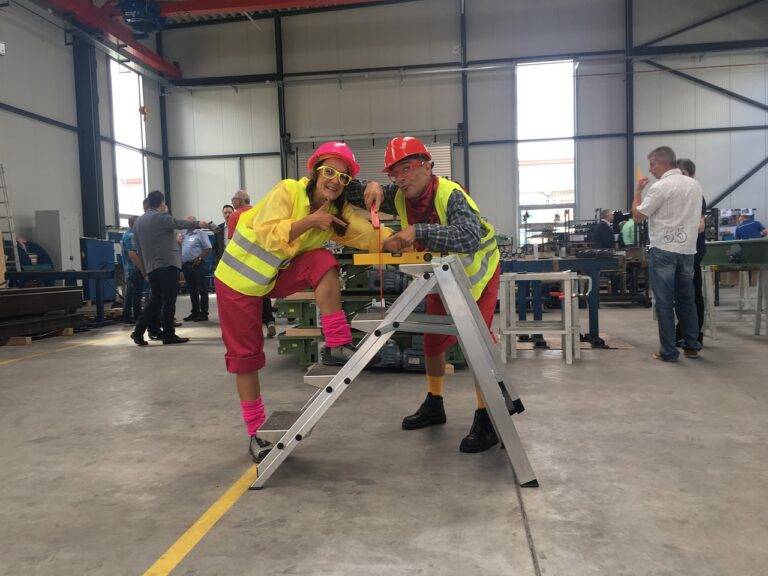The Art of Sound Design: Enhancing Immersion in Virtual Reality
Sound design in virtual reality plays a crucial role in enhancing the overall immersive experience for users. Through the strategic use of spatial audio techniques, sound designers have the ability to create a 360-degree sonic environment that complements the visual aspects of the virtual world. By carefully crafting soundscapes that are synchronized with the user’s movements and interactions, designers can transport users into a more realistic and engaging virtual realm.
In virtual reality, sound is not just an accompaniment to the visual elements; it is a fundamental component that helps to ground users in the virtual environment. Whether it’s the subtle rustling of leaves in a virtual forest or the echoes of footsteps in a virtual castle, sound design has the power to evoke emotional responses and create a sense of presence for users. By understanding the principles of spatial audio and leveraging advanced technologies, sound designers can push the boundaries of immersion in virtual reality experiences.
The Importance of Sound in Immersive Experiences
Sound plays a crucial role in creating immersive experiences in virtual reality. It has the power to transport users to different worlds, heightening their sense of presence and engagement. Through carefully crafted audio cues, sound effects, and spatial audio, creators can enhance the overall experience and make users feel like they are truly part of the virtual environment.
When sound is utilized effectively in virtual reality, it can trigger emotional responses and create a more realistic and engaging experience for users. The ability to accurately reproduce spatial audio, where sound sources seem to come from specific directions and distances, adds a layer of depth and realism to the virtual world. This not only enhances the overall immersion but also helps in guiding users through the virtual environment, making interactions more intuitive and engaging.
Understanding Spatial Audio in VR
Spatial audio in virtual reality (VR) is a crucial component that enhances the immersive experience for users. By mimicking the way sound behaves in the real world, spatial audio adds a layer of realism and depth to VR environments. This allows users to not only see but also hear objects and actions happening around them in a more realistic and engaging manner.
In VR, spatial audio is created by using various audio cues and techniques to simulate the way sound travels and interacts with the environment. This includes factors such as distance, direction, and reflection of sound, all of which contribute to creating a sense of space and presence for the user. By incorporating spatial audio in VR experiences, developers can further blur the line between reality and virtual reality, providing users with a more immersive and enriching auditory experience.





